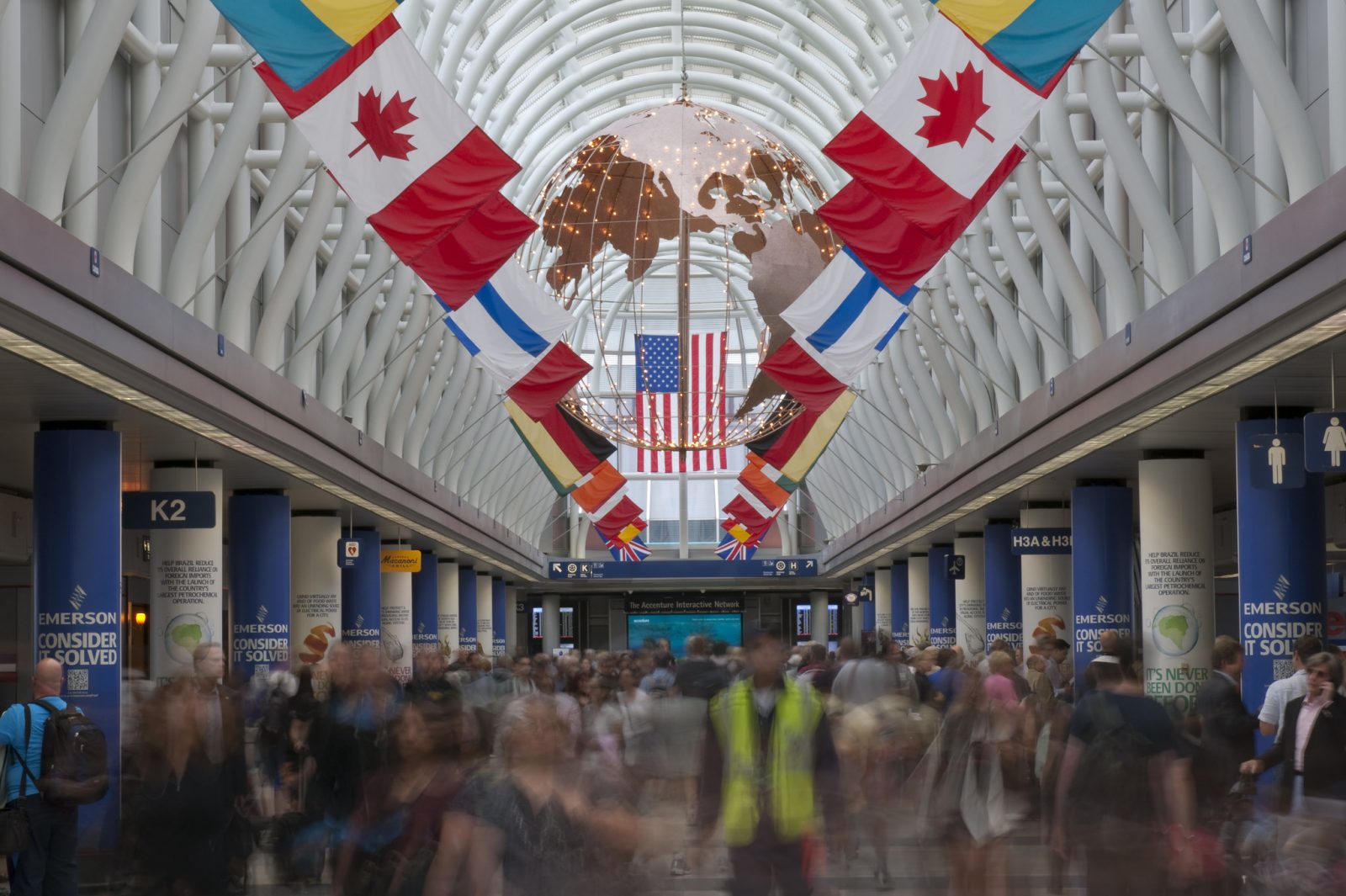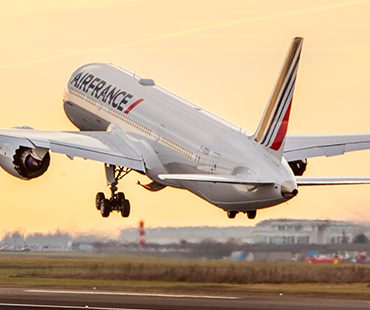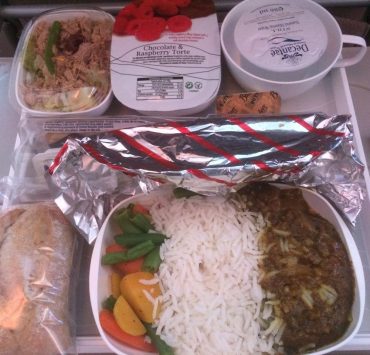
A major five-year funding bill for the U.S. Federal Aviation Authority (FAA) has just been approved by the House of Representatives and could be heading to the Senate in the just the next few weeks. The bipartisan Bill could bring some big changes to the aviation industry and has been applauded by many American flight attendants.
Every few years, U.S. lawmakers are meant to reauthorise funding for the institutions that keep America going – but occasionally things don’t go to plan. That’s exactly what’s happened to the FAA which hasn’t had a long-term reauthorization bill enacted by Congress since 2002 – instead, the agency is currently running on its fifth extension.
While the FAA Reauthorization Act of 2018 is primarily focused on securing long-term funding for the agency, the Bill also contains lots of other initiatives, rules changes and reforms – all of which have been held up due to disputes in both the House and Senate.
Many of the holdups had come down to a controversial plan to privatize air traffic control – a measure that divided opinion. That reform was dropped from the current bill but Bill Shuster, the Transportation and Infrastructure Committee Chairman who introduced the Bill said it contains lots of other important reforms that will “improve air travel for millions of Americans.”
So what are some of the biggest changes that the Bill might introduce? According to Shuster, the FAA Reauthorization Act of 2018, otherwise known as H.R. 4 will authorise investment for U.S. airports, improve America’s competitiveness, strengthen passenger protections and ensure a safe aviation industry.
These are the reforms that really stand out:
10-hour minimum rest for flight attendants
Flight attendant unions have been fighting for a minimum rest period of 10-hours between flights for years. H.R.4 might finally make that demand a reality. They argue government fatigue studies prove that flight attendants don’t get enough rest with the current 8-hour rest period protection.
“Today, the House voted for legislation that fixes this safety loophole of Flight Attendant fatigue. This is about safety, health, and equality,” commented the Association of Flight Attendants international president, Sara Nelson – a body that represents over 50,000 flight attendants across the United States.
Having said that, the union which represents flight attendants at American Airlines would like more than just 10-hours minimum rest. They say contractual agreements already mean they get more than 8-hours rest so a change in law will make little difference while still leaving them fatigued.
Flags of convenience carriers
H.R.4 will, for the first time, define what a so-called ‘flags of convenience’ carrier is – and set about banning them from operating in the United States.
Put simply, a flag of convenience airline is one that hires staff in a different country from the one that’s its based when the primary intention is to lower costs and avoid employment laws in its home country.
In the past, Jetstar, an Australian low-cost airline has been accused of hiring Thai cabin crew for this exact reason. More recently, low-cost long-haul airline, Norwegian has come under fire for doing exactly the same thing.
Norwegian has set up Irish and UK-based airlines with locally hired workers – but they also have Thai cabin crew as well. Critics argue Norwegian is trying to undercut American airlines and put U.S. jobs at risk. In response, Norwegian has hired U.S.-based flight attendants and pilots.
Standards on emotional support animals
There’s been quite a lot of controversy over emotional support animals over the last few months. Some major carriers have already implemented changes – led by Delta Air Lines who called out passengers trying to bring animals like Peacocks and Ferrets into the passenger cabin.
More recently, Alaska Airlines said it was also making changes due to a “number of recent incidents where the inappropriate behaviour of emotional support animals has impacted and even injured our employees, other guests and service animals.”
The issue has come to a head as airlines find the number emotional support animals being carried onboard their aircraft skyrocketing.
Study on cabin evacuation
It’s all very well proving you can evacuate an aircraft within the internationally recognised limit of 90-seconds when you’re in a test environment. Just check out this video of the massive Airbus A380 being certified to evacuate 873 passengers well within that time – even with the aircraft in darkness and half the exits out of action.
In reality, though, we’ve seen evacuations taking a lot longer than 90-seconds and rules about how to evacuate a cabin vary greatly between airlines. Some new planes have even avoided the certification process – for example, the 787 is considered a version of the already certified 777 and the ever popular single-aisle 737 hasn’t been tested in years.
The study proposed in H.R.4 will test emergency evacuation techniques in realistic test environments.
Secondary cockpit barriers
While flight deck doors has been made much more secure since 9/11 – with bulletproof materials, fail-safe locking mechanisms and video surveillance, there is still one vulnerability. The point at which the Captain or Co-pilot wants to leave the cockpit to go to the toilet or simply stretch his or her legs.
While there are varying international standards on how to manage this short period of vulnerability, up until now U.S. airlines have been parking a drinks or food cart between the cockpit and passenger cabin whenever the door is opened.
H.R.4 plans to introduce a much more secure system with a requirement to develop a secondary cockpit barrier – perhaps a metal gate or net. The requirement to have the secondary barrier would only apply to new aircraft.
Other proposals include:
- Reaffirming a ban on voice calls on planes – updating the legislation to include internet calling services like Whatsapp, Skype and Apple FaceTime.
- Evaluating and updating the mandatory contents of onboard medical kits.
- Banning the smoking of eCigarettes on planes – perhaps with the same penalties as that of smoking real cigarettes.
- Mandatory training on sexual harassment and assault.
- Promoting women in aviation.
- The safe transportation of lithium batteries.
Expect some amendments to the Bill with more news from the Senate expected soon.
Mateusz Maszczynski honed his skills as an international flight attendant at the most prominent airline in the Middle East and has been flying throughout the COVID-19 pandemic for a well-known European airline. Matt is passionate about the aviation industry and has become an expert in passenger experience and human-centric stories. Always keeping an ear close to the ground, Matt's industry insights, analysis and news coverage is frequently relied upon by some of the biggest names in journalism.









